- Mock 1.1
- Mock 2.0
- Mock 2.1
- Mock 3.0
- Mock 3.1
- Mock 4.0
- Mock 4.1
- Mock 5.0
- Mock 6.0
- Mock 7.0
- Mock 8.0
- Mock 9.0
- Mock 10
- Reviewing Top 10 for Teams
- Reviewing Top 10 for Prospects
It’s time to start mocking — at least the top 10.
Starting today, I’ll be running the Tankathon simulator for the draft lottery on a daily basis and mocking the results for the top 10 leading up to the 2020 NHL draft — or until the actual lottery takes place to determine the official draft order.
There are more than 30 different scenarios within the top-three picks, so this should provide plenty of entertainment for the next 30-plus days — for at least a month, if not longer. I’m not much of a math guy — algorithms aren’t my specialty — so I’m thankful for that simulator in producing all kinds of fun for hockey fans to debate while awaiting the NHL’s plan going forward.
Mocking is more my thing — I’ve been publishing mocks for the NHL draft since 2012, including all seven rounds for the past four years — and I’m excited to start toying with ideas for my ninth annual edition in 2020.
I’m limiting these mocks to the top 10 for now and only including the teams with the 10 best odds to win the lottery. Those being Detroit, Ottawa, San Jose (owned by Ottawa), Los Angeles, Anaheim, New Jersey, Buffalo, Montreal, Chicago and Arizona (owned by New Jersey but top-three protected) in that order.
Those teams are all four or more points out of a playoff spot. I excluded the seven teams within three points of the playoffs — based on the current standings as well as the points-percentage formula. Those being Minnesota, Winnipeg, the New York Rangers, Florida and Columbus, plus Vancouver and the New York Islanders. The latter two would make the playoffs on points percentage — replacing Winnipeg and Columbus, respectively, from the current standings.
Apologies to those fan bases, but I have a feeling the NHL may get creative in giving their teams a chance at qualifying for the playoffs if and when the season resumes. Making the playoffs would be more rewarding than winning the lottery — also known as the Alexis Lafreniere sweepstakes — so they can hold out hope on that front. Thus hoping for some type of play-in tournament among the wild-card contenders, which could also include Arizona if the NHL prefers eight teams — four per conference — to simplify that process. But for my mocking purposes, Arizona wound up missing the cut in order to round out the top 10 for the draft lottery.
Without further ado, let’s get the mocking started by revealing the results from my first attempt at the Tankathon simulator, which produced this order for the top 10.
1) Detroit Red Wings
2) New Jersey Devils
3) Los Angeles Kings
4) Ottawa Senators
5) Ottawa Senators (San Jose)
6) Anaheim Ducks
7) Buffalo Sabres
8) Montreal Canadiens
9) Chicago Blackhawks
10) New Jersey Devils (via Arizona)
Mock 1.0: The Picks
1) Detroit Red Wings — Alexis Lafreniere (LW, Canada, Rimouski QMJHL)
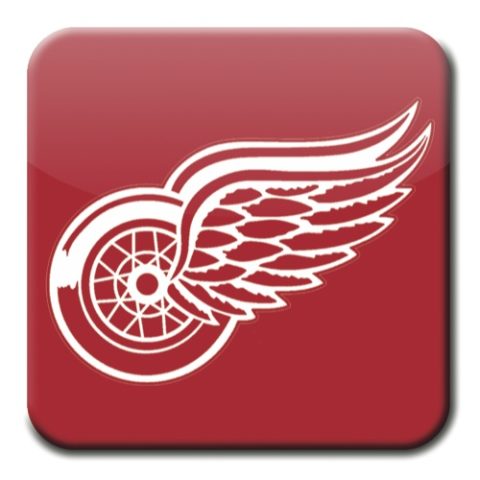
ANALYSIS: Detroit retains first overall and makes the obvious pick. Lafreniere is the best player in this draft class, as of today, and he’ll thrive under Steve Yzerman’s leadership and mentorship. He’ll contend for the Calder next season and become a perennial all-star as the Red Wings’ franchise player. Yzerman might be tempted by Tim Stutzle — and the prospect of uniting him with fellow top-10 German Moritz Seider — or consider Quinton Byfield because Detroit has a bigger positional need at centre, but Lafreniere is too good to pass up. Sure, the Red Wings already have their share of scoring wingers, but Tyler Bertuzzi and Filip Zadina aren’t on Lafreniere’s level and Anthony Mantha might not be long for Detroit. Worth noting, Zadina can play both wings and shouldn’t suffer by shifting over to the right side if he ends up on the same line as Lafreniere in the future.
2) New Jersey Devils — Quinton Byfield (LC, Canada, Sudbury OHL)

ANALYSIS: New Jersey’s luck in the lottery continues — moving up four spots from sixth to second — as the Devils select the second-best prospect according to the consolidated rankings in Byfield, who has lost his consensus label in recent months but is still the best fit for this team. Granted, New Jersey has taken two centres with first overall picks in 2019 and 2017 — those being Jack Hughes and Nico Hischier — but Byfield brings a different dimension as a power forward drawing favourable comparisons to Evgeni Malkin. Byfield’s ceiling is extremely high as a projected No. 1 centre with the potential to be the best of those three in what would become an embarrassment of riches for the Devils.
3) Los Angeles Kings — Jamie Drysdale (RD, Canada, Erie OHL)
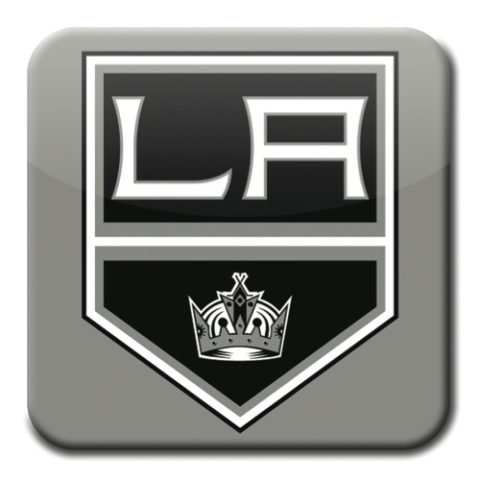
ANALYSIS: Los Angeles also gets lucky — elevated from fourth to third through the lottery — and the Kings love what they see in Drysdale as the second coming of Drew Doughty. Los Angeles has the league’s best prospect pool — according to The Hockey Writers, among other sources — and Drysdale becomes their best defence prospect ahead of Tobias Bjornfot, Kale Clague and Mikey Anderson, who all play the left side. Drysdale is a righty, like Doughty, and there are similarities in their ability to dominate at both ends and their overall competitiveness. Every team would love to have one Doughty, let alone two. The Kings’ forward group is also enviable for the future, so Rob Blake uses this pick to further bolster their blue line.
4) Ottawa Senators — Marco Rossi (LC, Austria/Switzerland, Ottawa OHL)
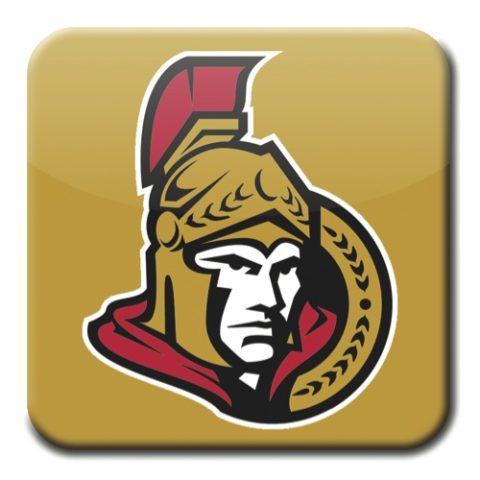
ANALYSIS: Ottawa is the lottery loser — dropping down two spots with both of their picks in this scenario, from second and third to fourth and fifth — but the Senators still get consecutive selections in the top five with a handful of talented forwards to choose from. Rossi is right in Ottawa’s backyard where he led the entire CHL in scoring with the 67’s this season, averaging more than two points per game. The Senators have good size in their forward prospects — including at centre with Logan Brown, Shane Pinto and Josh Norris — but Rossi boasts the most offensive upside as a real catalyst despite his smaller stature. Rossi doesn’t play small and Ottawa would be strong down the middle with his addition allowing the Sens to audition Colin White as a winger.
5) Ottawa Senators (San Jose) — Lucas Raymond (RW, Sweden, Frolunda SHL)

ANALYSIS: Ottawa has had a lot of success with Swedes over the years — from Daniel Alfredsson to Erik Karlsson — so it wouldn’t be surprising to see the Senators go back to that well with their second pick. Raymond has elite skill and could emerge as a steal in this draft — similar to fellow Swede Elias Pettersson, who went fifth overall in 2017. Raymond stole the show at last year’s under-18 worlds — scoring a hat trick, including the overtime winner, in the championship game — but wasn’t fully healthy at the World Juniors and had a limited role in the SHL, which seems to have hindered his stock to some degree. Ottawa would gladly take Raymond here, giving Erik Brannstrom another Swede to grow with.
6) Anaheim Ducks — Alexander Holtz (LW/RW, Sweden, Djurgardens SHL)
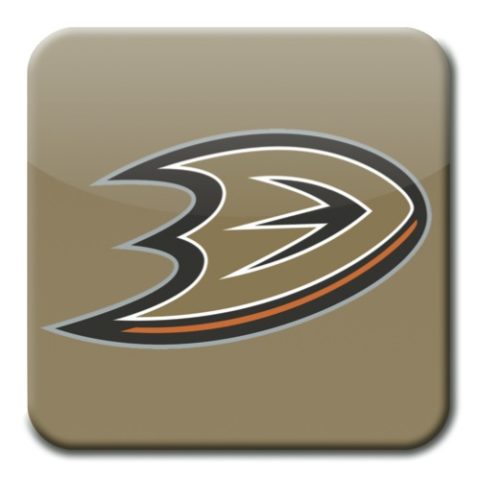
ANALYSIS: Anaheim takes the other highly touted Swede as another team that does well drafting from that Nordic nation. Holtz would fit right in with Rickard Rakell, Jakob Silfverberg, Hampus Lindholm, Jacob Larsson and 2018 first-rounder Isac Lundestrom as Swedes donning the Ducks jersey. Holtz is a sniper — a poor man’s Patrik Laine — and could be the perfect finisher for Trevor Zegras in the years to come. Holtz would learn a lot from Rakell and Silfverberg, with Anaheim being the perfect place for his development.
7) Buffalo Sabres — Tim Stutzle (LC/LW, Germany, Adler Mannheim DEL)
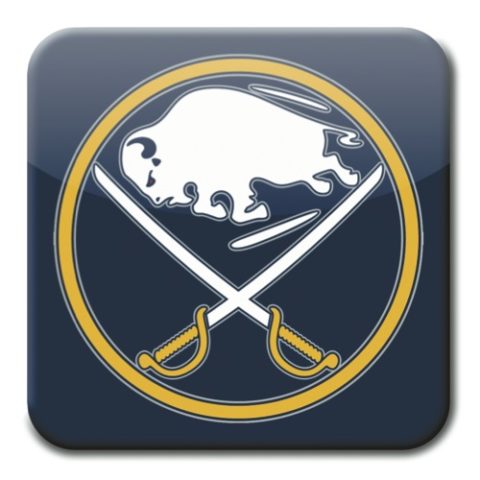
ANALYSIS: Buffalo would be doing backflips to land this German sensation, with Stutzle expected to go higher than seventh as a riser coming out of the World Juniors. Should he slide to the Sabres, it would be a match made in heaven since Buffalo coach Ralph Krueger also hails from Germany and could mould him into a superstar. Stutzle could be to Jack Eichel what fellow German Leon Draisaitl has become to Connor McDavid in Edmonton. Buffalo would be blessed with three potential second-line centres, with Stutzle joining 2019 first-rounder Dylan Cozens and 2017 first-rounder Casey Mittelstadt — both top-10 picks at seventh and eighth overall in their respective draft years. Even with Cozens and Mittelstadt in the fold, Stutzle would be the ideal choice for the Sabres. All three of them are fully capable of playing the wing, so Krueger could mix and match in Buffalo’s top six as he so desires for the next decade.
8) Montreal Canadiens — Cole Perfetti (LW/LC, Canada, Saginaw OHL)
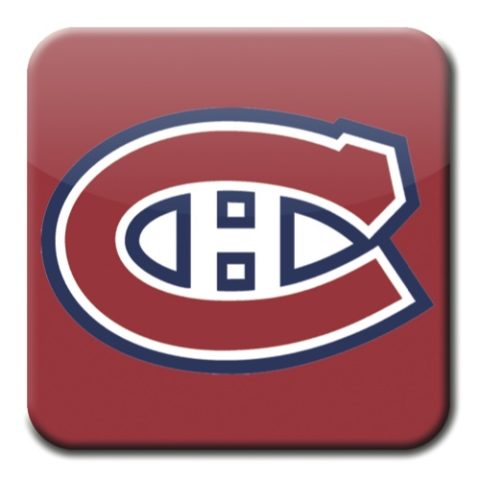
ANALYSIS: Montreal would be wanting to fill all the nets with this selection, creating a dynamic duo of scoring wingers named Cole — Perfetti on the left and Caufield on the right. That could be a lethal combination for the Canadiens, who had Caufield fall into their lap in last year’s first round at 15th overall as a top-10 talent. Perfetti is projected for this range and the Habs would probably be debating between him and all-purpose Finnish centre Anton Lundell, who might be deemed too similar to Jesperi Kotkaniemi. If Lundell is redundant, teams can never have too many snipers and Perfetti fits that bill while becoming more of a playmaker in topping 100 points during his draft year. Montreal fans should be thrilled with the prospect of Nick Suzuki centering Caufield and Perfetti as a future top line.
9) Chicago Blackhawks — Yaroslav Askarov (G, Russia, SKA-Neva St. Petersburg VHL)

ANALYSIS: Chicago still needs a successor for Corey Crawford, who turns 36 next season and won’t have many years left as their No. 1 netminder. Askarov has franchise goaltender written all over him, with the potential to be the next Andrei Vasilevskiy — if not better. Surveying the available options and analyzing the goaltending pipeline — which includes Alexis Gravel, Kevin Lankinen and Collin Delia as non-household names, plus deadline acquisition Malcolm Subban — Stan Bowman decides now is the time to address that positional need for the Blackhawks. They may have preferred any and all of the previous eight prospects, but Askarov is a bona fide top-10 talent and by no means a reach at this spot. Despite a couple recent stumbles on the international stage — at the World Juniors in January and the Four Nations in February — Askarov is still considered the best goaltending prospect to come through the draft since Carey Price went fifth overall in 2005.
10) New Jersey Devils (via Arizona) — Jack Quinn (RW, Canada, Ottawa OHL)

ANALYSIS: New Jersey would be reaching for Quinn here — I have him ranked at No. 18 for March, though other scouts are inching Quinn closer to the top 10 thanks to his 50-goal campaign — but the Devils will be very familiar with this player since they have four prospects on the same junior team. That includes Kevin Bahl, who was acquired from Arizona along with this pick in the Taylor Hall trade, and fellow defender Nikita Okhotyuk, plus forwards Mitch Hoelscher and Graeme Clarke. So New Jersey’s brass has been eye-balling Quinn for some time and may see him as an eventual replacement for Kyle Palmieri. He is that type of scorer, not overly flashy but very effective. You can bet the Devils would be ecstatic to get Byfield and Quinn with their two top-10 picks. That may be the absolute best-case scenario in their minds.
Recapping Results for Mock 1.0
1) Detroit Red Wings — Alexis Lafreniere (LW, Canada, Rimouski QMJHL)
2) New Jersey Devils — Quinton Byfield (LC, Canada, Sudbury OHL)
3) Los Angeles Kings — Jamie Drysdale (RD, Canada, Erie OHL)
4) Ottawa Senators — Marco Rossi (LC, Austria/Switzerland, Ottawa OHL)
5) Ottawa Senators (San Jose) — Lucas Raymond (RW, Sweden, Frolunda SHL)
6) Anaheim Ducks — Alexander Holtz (LW/RW, Sweden, Djurgardens SHL)
7) Buffalo Sabres — Tim Stutzle (LC/LW, Germany, Adler Mannheim DEL)
8) Montreal Canadiens — Cole Perfetti (LW/LC, Canada, Saginaw OHL)
9) Chicago Blackhawks — Yaroslav Askarov (G, Russia, SKA-Neva St. Petersburg VHL)
10) New Jersey Devils (via Arizona) — Jack Quinn (RW, Canada, Ottawa OHL)
Get the latest NHL Draft & Prospect rankings, news and analysis